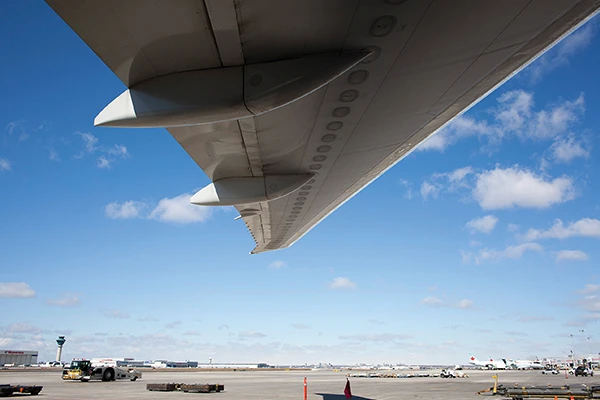Airport authorities are beginning to work ever closer with their ramp handlers to ensure that their equipment and their processes are both safe and efficient
Having a well-maintained fleet of serviceable GSE is clearly to the advantage of the handler, whether that be a self-handling airline or a third-party service provider. It has, just as apparently, consequential advantages for the carriers and their customers, passengers and cargo operators, who will enjoy the benefits of prompt aircraft turnarounds and minimal disruption on the ramp. There is a slightly less obvious third stakeholder: airport authorities. They, too, have a massive stake in well-maintained GSE that works both well and safely.
Yet GSE serviceability is only one of the many issues that impact the smooth flow of operations on the ramp at a busy gateway. The amount of GSE on the apron, just as much as the way it is operated, is becoming an ever bigger concern for some airport operators as the aircraft that fly through them get ever larger – and flight frequencies continue to go up – while the space available on the apron for many of them remains pretty much unalterable.
One of the innumerable airports around the world that has had to face the challenge of hosting greater aircraft numbers, and bigger and bigger airframes, is Canada’s Toronto Pearson International. It has adopted a carrot and stick policy toward the seven handlers active on its ramp, seeking to ensure that ground operations are as safe and efficient as humanly possible. GSE must be serviceable, not seriously damaged or impaired in any way and not obstructing other equipment’s operations.
At the heart of the collaborative effort is Toronto’s ‘Working Better Together Team’. In existence for a couple of years now, the team brings together for monthly meetings all the stakeholders in the apron operations effort, interests including handlers, refuellers, aircraft caterers and various other service providers as well as the airport authority. Those attending the meetings can be of pretty much any status and position within their company, a situation that the airport operator, Greater Toronto Airport Authority (GTAA), encourages.
“We encourage people to check their egos at the door,” says Todd Tripp, Toronto Pearson’s associate director of apron operations. The team discusses the challenges and problems they all face in their various roles on the ramp, and share best practices amongst themselves. Ensuring that the benefits of these meetings are filtered down to individual employees working on the apron is also seen as key.
Guest speakers from different companies beyond Toronto Pearson, even from different industries, are also encouraged to attend on occasion in order to give the benefit of their experience of safety and performance issues.
Away from the meeting room, ramp operations stakeholders will also share thoughts, and ride-alongs offered and taken up by the various interests to each other are not uncommon. These can be invaluable for familiarising those who undertake them with the work of others in the ground handling chain.
PENALTY CLAUSES
When collaboration doesn’t prove sufficient, sanctions may be effective. GTAA has a ‘tag and tow’ policy, for example, Tripp explains. Damaged GSE or GSE improperly parked and therefore causing an obstruction will be identified and tagged. If a cautionary phone call to its owner fails to solve the problem, the equipment can be towed by the airport authority.
GTAA’s service level agreements (SLAs) with handlers are also now starting to include sanctions on improper GSE use on the apron. This hasn’t caused the concern that might be expected. Handlers are generally welcoming the move, Tripp explains, such explicit potential sanctions allowing everyone to “be on the same page”. Aircraft, airport infrastructure and much of the GSE operating on the apron are too expensive for mistakes, he continues. Plus, passengers looking out of a taxiing aircraft are not encouraged by damaged equipment that might be strewn over an untidy apron – it doesn’t speak to professionalism, Tripp points put. Moreover, Tripp adds, the safety issue is absolutely paramount, and badly maintained GSE not properly employed can be a serious airside danger.
Keeping a watchful eye on the GSE, and working with the equipment’s operators, will be the airport’s own airside safety officers and airline liaison officers.
Thinking out of the box, GTAA is even looking into the ‘psychology of the apron’. There are 40,000 employees at Toronto Pearson, a large number of whom work airside. Many of them may be new to the industry, or even relatively new to Canada, and the airport authority wants to know more about the prevailing mindset of those working on its apron.



